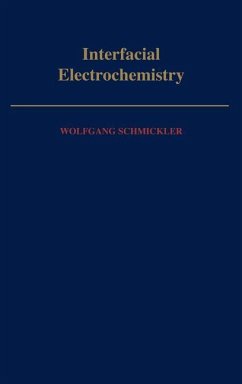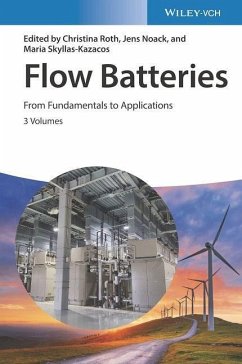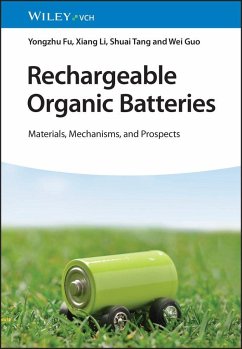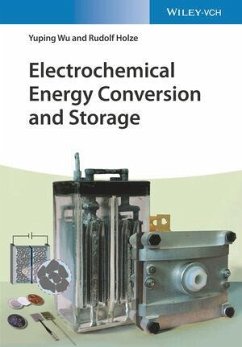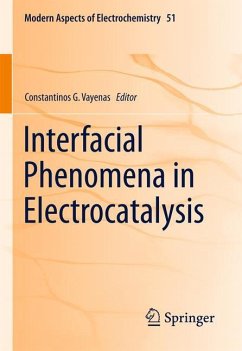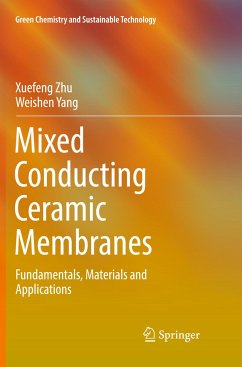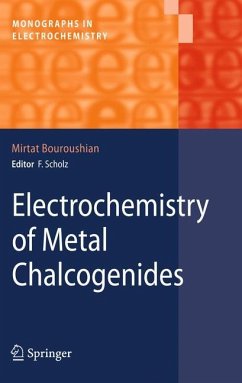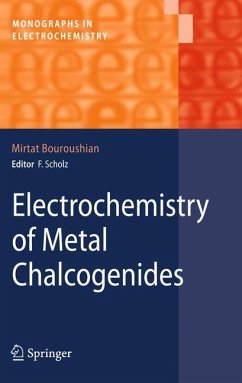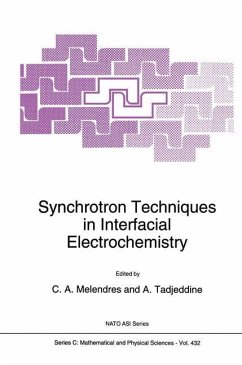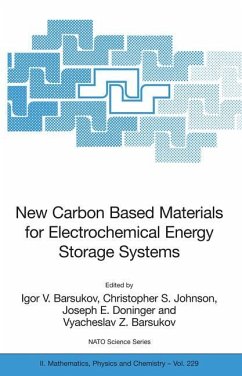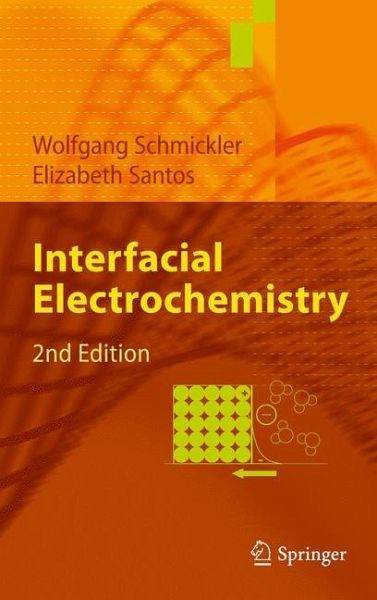
Interfacial Electrochemistry
Versandkostenfrei!
Versandfertig in 6-10 Tagen
61,99 €
inkl. MwSt.
Weitere Ausgaben:

PAYBACK Punkte
31 °P sammeln!
Electrochemistry is an old branch of physical chemistry. Due to the development of surface sensitive techniques, and a technological interest in fuel cells and batteries, it has recently undergone a rapid development. This textbook treats the field from a modern, atomistic point of view while integrating the older, macroscopic concepts. The increasing role of theory is reflected in the presentation of the basic ideas in a way that should appeal to experimentalists and theorists alike. Special care is taken to make the subject comprehensible to scientists from neighboring disciplines, especiall...
Electrochemistry is an old branch of physical chemistry. Due to the development of surface sensitive techniques, and a technological interest in fuel cells and batteries, it has recently undergone a rapid development. This textbook treats the field from a modern, atomistic point of view while integrating the older, macroscopic concepts. The increasing role of theory is reflected in the presentation of the basic ideas in a way that should appeal to experimentalists and theorists alike. Special care is taken to make the subject comprehensible to scientists from neighboring disciplines, especially from surface science. The book is suitable for an advanced course at the master or Ph.D. level, but should also be useful for practicing electrochemists, as well as to any scientists who wants to understand modern electrochemistry.




